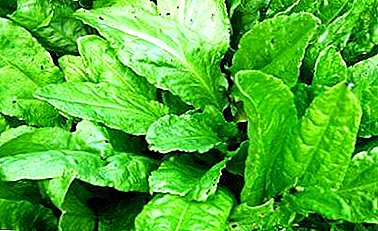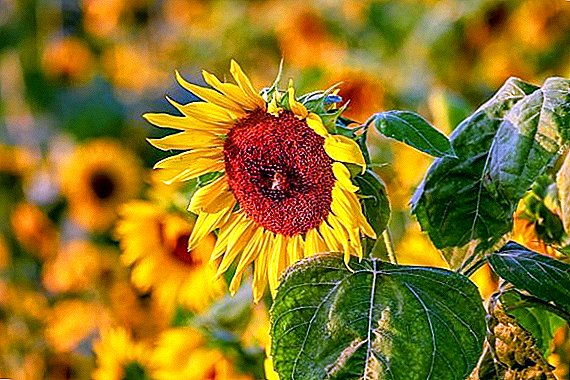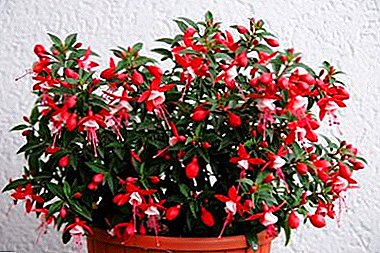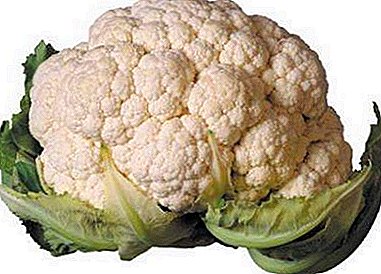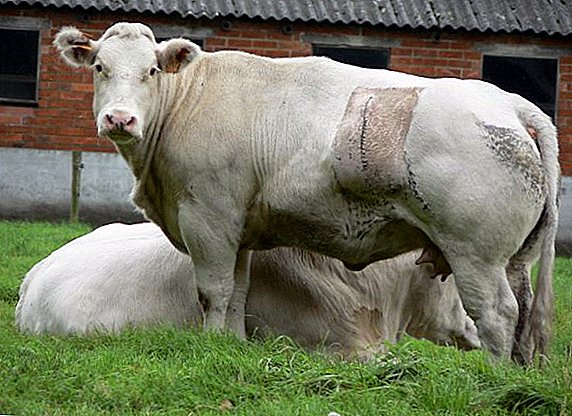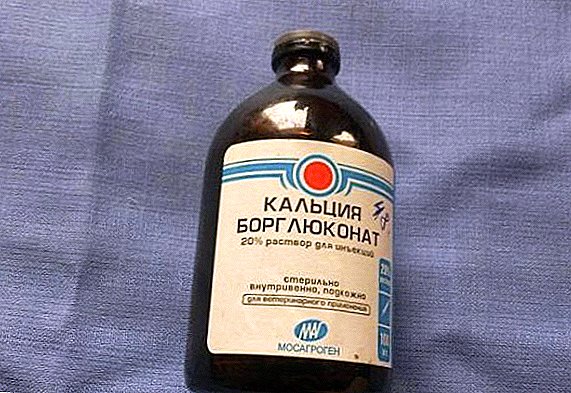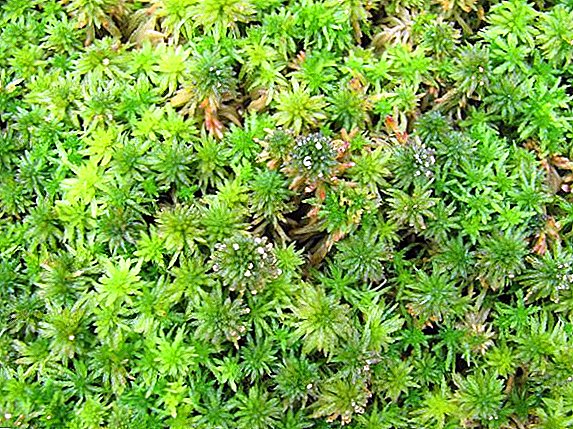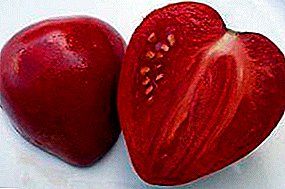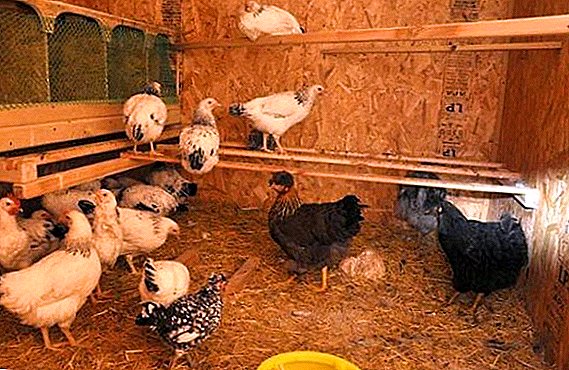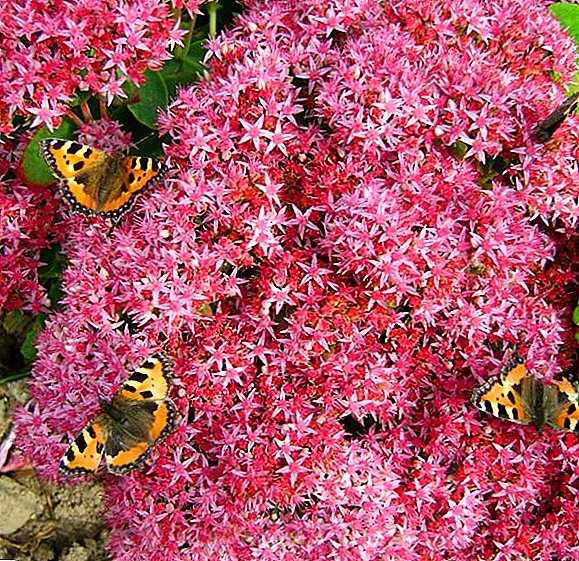 Sedum, Sedum or, as they are popularly known, hare cabbage grows throughout Europe, Africa and America. In nature, there are more than 600 species of sedum. What is stonecrop, the most common of its varieties and types, we describe in this article.
Sedum, Sedum or, as they are popularly known, hare cabbage grows throughout Europe, Africa and America. In nature, there are more than 600 species of sedum. What is stonecrop, the most common of its varieties and types, we describe in this article.
Sedum (stonecrop) white
 A perennial evergreen plant 5-7 cm in height. It can be seen in Asia Minor and North Africa, in the Caucasus, in Western Europe.
A perennial evergreen plant 5-7 cm in height. It can be seen in Asia Minor and North Africa, in the Caucasus, in Western Europe.
Shoots of this species spread along the ground, rapidly growing in open areas. The stem is fragile, elongated, completely covered with green rounded leaves. The plant aggressively grows due to the adventitious root, forming as a result of thick white carpets.
Sedum blooms with small, white or pale pink fragrant flowers in the shape of stars. Tasty smell attracts bees. Its bloom occurs in late June - early July. The people Sedum white is known as Living grass, Soap, Bee.
White Paper - unpretentious plant. Even cracks in stones give him a reason for living. They are frost-resistant, easily tolerate direct sunlight, multiply rapidly even in the absence of moisture. As a result, it begins to grow even in outlandish places - in areas with gravel and rubble, on roofs and walls.
Sedum white - quite changeable look. He has long been known in floriculture and has a number of garden forms and varieties. The most popular varieties are: Coral Carpet (Coral Carpet), Atoum (athoum), Laconicum (Laconicum), Rubrifolium (Rubrifolium), Faro Form (Faro Form), France (France), Hillebrandti (Hillebrandtii).
Not so often Sedum blooms in residential conditions. It lacks sunlight and low temperature in winter. In such conditions, stonecrop has a pale stem and leaves, almost does not bloom. Recommended for growing in the garden, in the open field.
Sedum (stonecrop) acrid
 Its flowering forms a carpet up to 3 m. In the sedum small leaflets covering the entire stalk. Shortly before flowering, the leaves become larger, and the stem is longer. Blooms Sedum caustic bright yellow color and completely covers the plant. Like other species, it needs moderately dry soil and sunlight.
Its flowering forms a carpet up to 3 m. In the sedum small leaflets covering the entire stalk. Shortly before flowering, the leaves become larger, and the stem is longer. Blooms Sedum caustic bright yellow color and completely covers the plant. Like other species, it needs moderately dry soil and sunlight.
The habitat of growth is the European part of Russia, the Caucasus, North America, Asia Minor. Highly concentrated caustic sedum juice contributes to the formation of wounds on the skin, for which he received the name "caustic" or "spicy".
When used properly, it will help with many skin diseases. In the people his name is Wild Pepper, Young, Feverish Grass. In growth unpretentious, easily tolerates drought and frost. Loves the sun's rays, promoting active growth.
Well propagated by self-seeding. The most common types are: Aureum (Aureum), Minus (Minus), Elegans (Elegans). In ancient times, the Romans used Sedum caustic as a laxative, emetic and anthelmintic. To date, it has found application in traditional medicine.
Important! This type of stonecrop should be taken with great care! The slightest overdose when using the infusion can lead to vomiting, difficulty breathing and even coma. Not recommended for children and pregnant women.
Sedum (stonecrop) false
 Growing areas: Caucasus, Iran, Turkey. Unpretentious in growing, but he feels better in the sun. In the shade the bush blooms poorly and has an untidy appearance. Occurs on rocky slopes and on the tops of mountain forests. Perennial flower with elongated rhizomes. Flowering stems higher than barren. The leaves are puffy, marsh-colored, wedge-shaped, sometimes dull and jagged at the edges.
Growing areas: Caucasus, Iran, Turkey. Unpretentious in growing, but he feels better in the sun. In the shade the bush blooms poorly and has an untidy appearance. Occurs on rocky slopes and on the tops of mountain forests. Perennial flower with elongated rhizomes. Flowering stems higher than barren. The leaves are puffy, marsh-colored, wedge-shaped, sometimes dull and jagged at the edges.
Inflorescence on low stems 1-1.5 cm. Sepals are straight, red or greenish and are inside the fruit. Petals cherry or pinkish, slightly sharp to the edge. The stamens are smaller than petals and are orange or red. It blooms in the last months of summer.
Known in botany since 1816 Winters without problems, grows rapidly over a large area and prevails over weak species. Not suitable for pots, as it requires a lot of space and sun. Great for planting on a flower bed.
Sedum (stonecrop) hybrid
 In nature, it is found in steppes, rocks and forests with little vegetation. It grows in the open spaces of Russia, most often in Siberia and the Urals, Central Asia and Mongolia. Forms a dense carpet up to 15 cm high. Rhizomes are located close to the surface, cord-shaped. Stems slender, green, up to 30 cm in height. It does not bloom very much.
In nature, it is found in steppes, rocks and forests with little vegetation. It grows in the open spaces of Russia, most often in Siberia and the Urals, Central Asia and Mongolia. Forms a dense carpet up to 15 cm high. Rhizomes are located close to the surface, cord-shaped. Stems slender, green, up to 30 cm in height. It does not bloom very much.
Leaves up to 3 cm long, tapered, coarsely toothed along the edges. The hybrid stonecrop flower consists of yellowish petals with a diameter of up to 1 cm, the stamens also have yellow, with orange anthers. Excellent winters and tolerates drought, but slow in development. The most famous variety is Immergrunchen (Immergrunchen).
Sedum (stonecrop) Grisebach
 Can be found on the tops of the mountains of Greece and Bulgaria. A small plant, growing, forms low, soft carpets with densely growing shoots. Small leaves, narrow, grow thick cover. By the beginning of spring, the flowers turn green, but become red under the rays of the sun.
Can be found on the tops of the mountains of Greece and Bulgaria. A small plant, growing, forms low, soft carpets with densely growing shoots. Small leaves, narrow, grow thick cover. By the beginning of spring, the flowers turn green, but become red under the rays of the sun.
It has a need for loosened soil, does not very confidently tolerate winters with high humidity. The plant is not different longevity, but perfectly restored by self-sowing. Perfect for home content.
Sedum (stonecrop) prominent
 Sedum is a shrub up to 60 cm. It is found in northeastern China and the Caucasus. Tuberiform root, thickened towards the end. The stem is erect, the leaves on it are oval, large, in color from green to gray shades. The flowers are small, going to inflorescence in size up to 23 cm.
Sedum is a shrub up to 60 cm. It is found in northeastern China and the Caucasus. Tuberiform root, thickened towards the end. The stem is erect, the leaves on it are oval, large, in color from green to gray shades. The flowers are small, going to inflorescence in size up to 23 cm.
The most common shade of the flower is pinkish, slightly lilac. Sedum prominent (sometimes called Elegant, Noble) Feels good in the winter. He loves wet soil and does not fear shade, although he feels better in direct sunlight. Usually stonecrop blooms up to 40 days.
Often blooms until late autumn, even under the snow. In Sediment Eminent, depending on the shade of colors, emit varieties:
- White - Iceberg, Frosty Morne,
- Cream - Star Dast,
- Pink - Brilliant, Carmen, Matron, Carl.
Did you know? Of all the subspecies, Sedum, prominent in its colors, contains the most useful substances. Among them are tannins, alkaloids, glycosides and a mass of organic acids and sugars.
Sedum (stonecrop) Albert
 Found in China, Central Asia and Altai. The root system is branched, multiple branches are crowded. Stems short, up to 5 cm, with slightly twisted leaves on tops. Flowering stems are located at the base, small in number, from 10 to 15 cm in height. Sepals up to 6 pieces, oval in shape, slightly sharp from above.
Found in China, Central Asia and Altai. The root system is branched, multiple branches are crowded. Stems short, up to 5 cm, with slightly twisted leaves on tops. Flowering stems are located at the base, small in number, from 10 to 15 cm in height. Sepals up to 6 pieces, oval in shape, slightly sharp from above.
In the sunlight, the leaves take on an orange-red color, the flowers are white with purple stamens. It winters well, but is afraid of abundant water during snow melting. It feels great in loose soil with good drainage.
He loves the sunlight, badly enduring the shadow. It blooms in May, but in the fall you need to cut the bush to the ground. Not suitable for growing at home and in gardens.
Important! Protect hands with gloves while collecting stonecrop. Before drying, the leaves should be placed in boiling water for 2-3 minutes, after drying at a temperature not higher than 40 °.
Sedum (stonecrop) Lydian

The home of stonecrops - Asia Minor. Green all year round, perennial plant, forms with the growth of dense shrubs. Stems numerous, abundant, rooting downwards. Flowers up to 0.6 cm. On short legs, elongated, green shade.
The stamens are the same size as the petals, cherry white. Carpels are straight, slightly smaller than petals. When ripe, turn red. Blooms in July.
During growth forms a dense carpet. Feels best in moderate shade, with moderate humidity. The flower does not tolerate drought and often blooms such a stonecrop in the garden on carpet beds. Some subspecies reach a height of more than 30 cm and bloom from mid-June to 40 days.
Did you know? Flower "hare cabbage" in Russia is also called squeak. If you rub the leaves together, you can hear the characteristic creaking.
Sedum (stonecrop) lozovidny
 The first references to the stonecrop of the goblet came from China and Japan. In countries with a mild climate is considered a weed. A perennial plant with a height of up to 25 cm and thin nodal inflorescences.
The first references to the stonecrop of the goblet came from China and Japan. In countries with a mild climate is considered a weed. A perennial plant with a height of up to 25 cm and thin nodal inflorescences.
The leaves are tapered, pointed, up to 1.5 cm in length. The flowers are unevenly arranged, five-leaved. Petals with a diameter of 1 cm, yellow, with a sharp end.
There are 10 stamens, which are shorter than petals, heap carpels, up to 0.6 cm. Flowering period from May to June. Prefers fertile soil with moderate humidity. Poorly tolerates the winter of central Russia, but in the spring it grows quite quickly. Prefers full shade or half-shade, badly enduring drought. Good for home pots.
Sight look includes a large number of varieties. Therefore, an interested florist easily chooses a plant to his liking.


